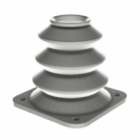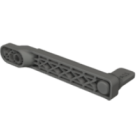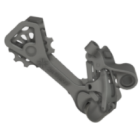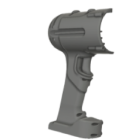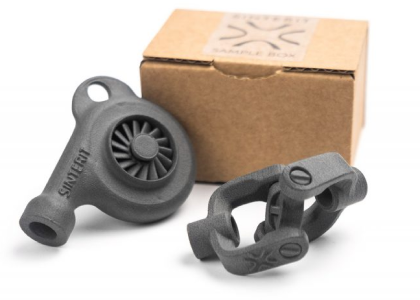How to future-proof your 3D printer investment
Investing in a 3D printer isn’t just a purchase decision — it’s a strategic choice that can either accelerate your team’s capabilities or leave you constrained by limitations just a year or two down the line. As additive manufacturing evolves, selecting the right system means thinking beyond what works today, and instead focusing on what your business will need next.
Future-proofing is not about buying the most expensive machine — it’s about aligning your capabilities with how fast your industry moves, how quickly your team iterates, and how your product development roadmap evolves.
Think in workflows, not just specs: choosing the right 3D printer
The risk with most 3D printer purchases is that they’re made around specs, not around workflows. Layer resolution, build size, or print speed matter — but only in the context of what your team will actually create.
If your current needs are basic prototypes, it’s tempting to buy for that alone. But will you be iterating faster in six months? Will your team want to start printing functional parts, internal tools, or short-run production batches?
Choosing a printer that can grow with you — rather than one you’ll outgrow — is the smarter play.
Why material flexibility is key to long-term 3D printing ROI
Many entry-level 3D printers lock you into proprietary ecosystems. This seems simple at first, but over time becomes a barrier. As your applications mature, you’ll likely need more than one material — from rigid prototypes to flexible parts, high-temp plastics, or certified materials for functional testing.
A future-ready printer allows:
- open or semi-open material access,
- easy calibration or predefined profiles for different needs,
- regular firmware or software updates that expand capabilities.
The less dependent you are on a closed system, the more adaptable your investment becomes.
TCO vs. entry cost: what really drives 3D printing ROI
One of the biggest mistakes teams make is underestimating the long-term cost of using a 3D printer. Cheaper machines may save money upfront, but often come with hidden costs: more failed prints, higher operator time, limited service support, or expensive consumables.
A robust printer with stable performance, repeatable results, and low failure rates saves you money over time — even if the entry cost is higher. Factor in:
- print success rate,
- powder or resin recovery efficiency,
- time between prints,
- maintenance or service cycle.
Predictability is value. Downtime is cost.
Scalability in 3D printing: can your printer grow with you?
What happens when you move from 1 print a week to 15 a day? Or from single parts to multi-component assemblies?
A future-ready solution scales without friction. That might mean:
- larger build volume for nesting multiple parts,
- automated powder handling or faster changeovers,
- the ability to batch process parts while preserving quality,
- seamless integration into your production or QC workflows.
Look at your projected growth. Can the system you’re considering keep up?
Why the right 3D printing partner matters long-term
Future-proofing is also about who you buy from. Look for a supplier that understands additive manufacturing not just as a product, but as a process. That includes:
- real application knowledge,
- responsive technical support,
- training and onboarding resources,
- a roadmap of development, not just a static machine.
A good partner will help you unlock your printer’s full potential — not just on day one, but years down the line.
Conclusion: future-proofing means planning beyond today
3D printing is changing fast. What feels like a cutting-edge solution today can quickly feel outdated if your needs evolve and your system doesn’t.
Future-proofing your 3D printer investment means selecting a platform that adapts to your use cases, expands with your material needs, minimizes long-term costs, and scales with your operations.
The real return on investment isn’t just print quality. It’s momentum, confidence, and the ability to keep moving forward — no matter what the next project demands.
Explore also
- What to know before buying a 3D printer
- What is the highest quality 3D printer?
- Factors to consider when buying a 3D printer
- 3D printing comparison
- SLS vs other 3D printing methods: when to choose it
- What to buy with a 3D printer
Related categories




